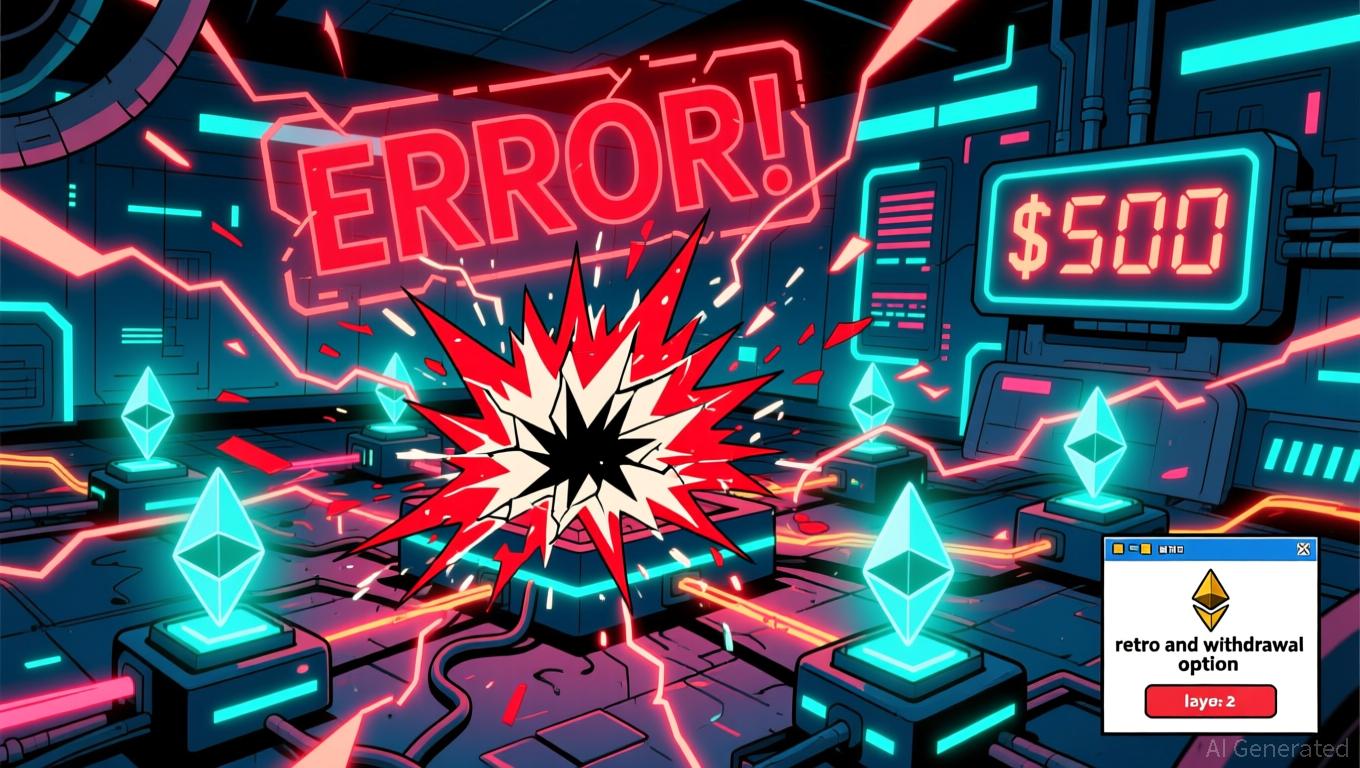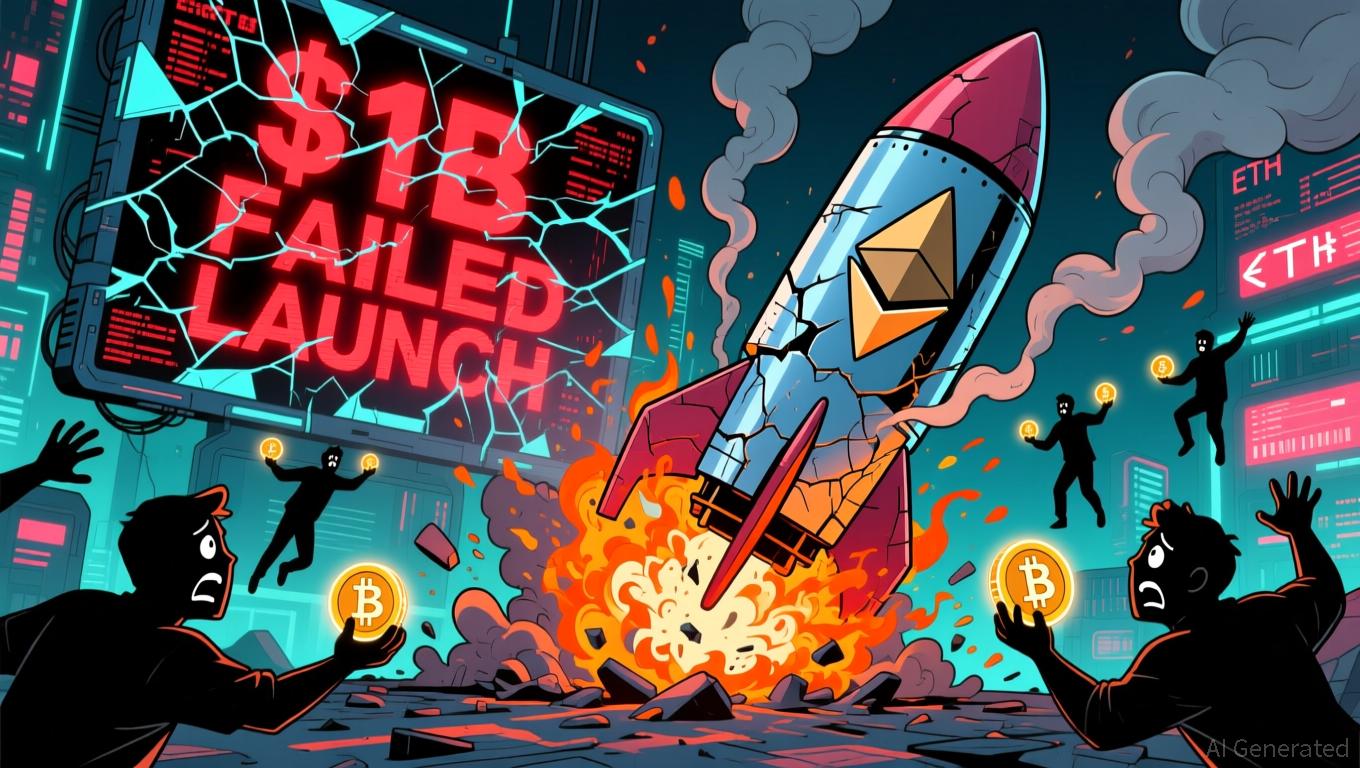The Un-Dead Internet: AI catches irreversible ‘brain rot’ from social media
The internet is not dead, but it may be rotting.
New research by scientists at the University of Texas at Austin, Texas A&M University, and Purdue University finds that large language models exposed to viral social media data begin to suffer measurable cognitive decay.
The authors call it “LLM brain rot.” In practice, it looks a lot like the “Dead Internet” theory coming back as something worse, a “Zombie Internet” where AI systems keep thinking, but less and less coherently.
The team built two versions of reality from Twitter data: one filled with viral posts optimized for engagement, the other with longer, factual or educational text. Then they retrained several open models, including LLaMA and Qwen, on these datasets.
The results showed a steady erosion of cognitive functions. When models were trained on 100 percent viral data, reasoning accuracy in the ARC-Challenge benchmark dropped from 74.9 to 57.2. Long-context comprehension, measured by RULER-CWE, plunged from 84.4 to 52.3.
According to the authors, the failure pattern wasn’t random. The affected models began to skip intermediate reasoning steps, a phenomenon they call thought skipping. The models produced shorter, less structured answers and made more factual and logical errors.
As training exposure to viral content increased, the tendency to skip thinking steps also rose, a mechanistic kind of attention deficit built into the model’s weights.
More troubling, retraining didn’t fix it. After the degraded models were fine-tuned on clean data, reasoning performance improved slightly but never returned to baseline. The researchers attribute this to representational drift, a structural deformation of the model’s internal space that standard fine-tuning can’t reverse. In short, once the rot sets in, no amount of clean data can bring the model fully back.
Popularity, not semantics, was the most potent toxin.
Posts with high engagement counts, likes, replies, and retweets damaged reasoning more than semantically poor content did. That makes the effect distinct from mere noise or misinformation. Engagement itself seems to carry a statistical signature that misaligns how models organize thought.
For human cognition, the analogy is immediate. Doomscrolling has long been shown to erode attention and memory discipline. The same feedback loop that cheapens human focus appears to distort machine reasoning.
The authors call this convergence a “cognitive hygiene” problem, an overlooked safety layer in how AI learns from public data.
Per the study, junk exposure also changed personality-like traits in models. The “brain-rotted” systems scored higher on psychopathy and narcissism indicators, and lower on agreeableness, mirroring psychological profiles of human heavy users of high-engagement media.
Even models trained to avoid harmful instructions became more willing to comply with unsafe prompts after the intervention.
The discovery reframes data quality as a live safety risk rather than a housekeeping task. If low-value viral content can neurologically scar a model, then AI systems trained on an increasingly synthetic web may already be entering a recursive decline.
The researchers describe this as a shift from a “Dead Internet,” where bots dominate traffic, to a “Zombie Internet,” where models trained on degraded content reanimate it endlessly, copying the junk patterns that weakened them in the first place.
For the crypto ecosystem, the warning is practical.
As on-chain AI data marketplaces proliferate, provenance and quality guarantees become more than commercial features; they’re cognitive life support.
Protocols that tokenize human-grade content or verify data lineage could serve as the firewall between living and dead knowledge. Without that filter, the data economy risks feeding AI systems the very content that will corrode them.
The paper’s conclusion lands hard: continual exposure to junk text induces lasting cognitive decline in LLMs.
The effect persists after retraining and scales with engagement ratios in training data. It’s not simply that the models forget; they relearn how to think wrong.
In that sense, the internet isn’t dying; it’s undead, and the machines consuming it are starting to look the same.
Crypto could be the only prophylactic we can rely on.
Disclaimer: The content of this article solely reflects the author's opinion and does not represent the platform in any capacity. This article is not intended to serve as a reference for making investment decisions.
You may also like
Bitcoin Updates Today: Bitcoin's Volatility: Surrender or Endurance from Institutions?
- Bitcoin's recent price drop and negative funding rates suggest market capitulation, with open interest collapsing 32% since late October 2025. - Institutional holdings like KindlyMD's $681M BTC stash and Harvard's ETF investments highlight growing long-term confidence in Bitcoin's stability. - Q3 2025 crypto VC surged 290% to $4.65B, while experts diverge: Standard Chartered targets $200K BTC by year-end, Kraken predicts $80K–$100K consolidation. - Macro risks including Japan's reserve rules and AI-drive

MegaETH's $500 Million Technical Issues Underscore DeFi's Ongoing Challenges with Maturity
- MegaETH abandoned plans to expand its $250M token sale after technical failures froze deposits at $500M and triggered unintended transactions. - The protocol announced retroactive compensation for affected users but faced criticism over preventable errors in KYC systems and multisig execution. - The incident highlights DeFi's operational challenges, contrasting with Aztec's success in achieving full decentralization with 525 validators. - Critics argue such missteps risk eroding trust in protocols promis

Paxos Combines Regulated Asset Storage with DeFi Protection Through Fordefi Acquisition
- Paxos acquires Fordefi for over $100M to enhance DeFi custody solutions via MPC wallet integration. - The deal combines Fordefi's institutional-grade security with Paxos' regulated infrastructure for on-chain transaction management. - This marks Paxos' second major acquisition in 2024, following Membrane Finance, as DeFi protocols hold $116B in total value locked. - The move aligns with global regulatory shifts toward DeFi oversight and growing institutional demand for secure crypto infrastructure.
Ambition Surpasses Action as MegaETH's $1 Billion Fundraising Effort Falls Apart
- MegaETH abruptly canceled its $1B token sale after technical failures caused a $500M deposit surge beyond the $250M cap. - KYC system malfunctions and premature multisig execution exposed critical operational vulnerabilities in the project's infrastructure. - While no assets were lost, the incident sparked criticism over preventable errors and raised industry concerns about token sale readiness. - MegaETH faces credibility challenges as it scrambles to fix protocols and offer refunds, highlighting risks

